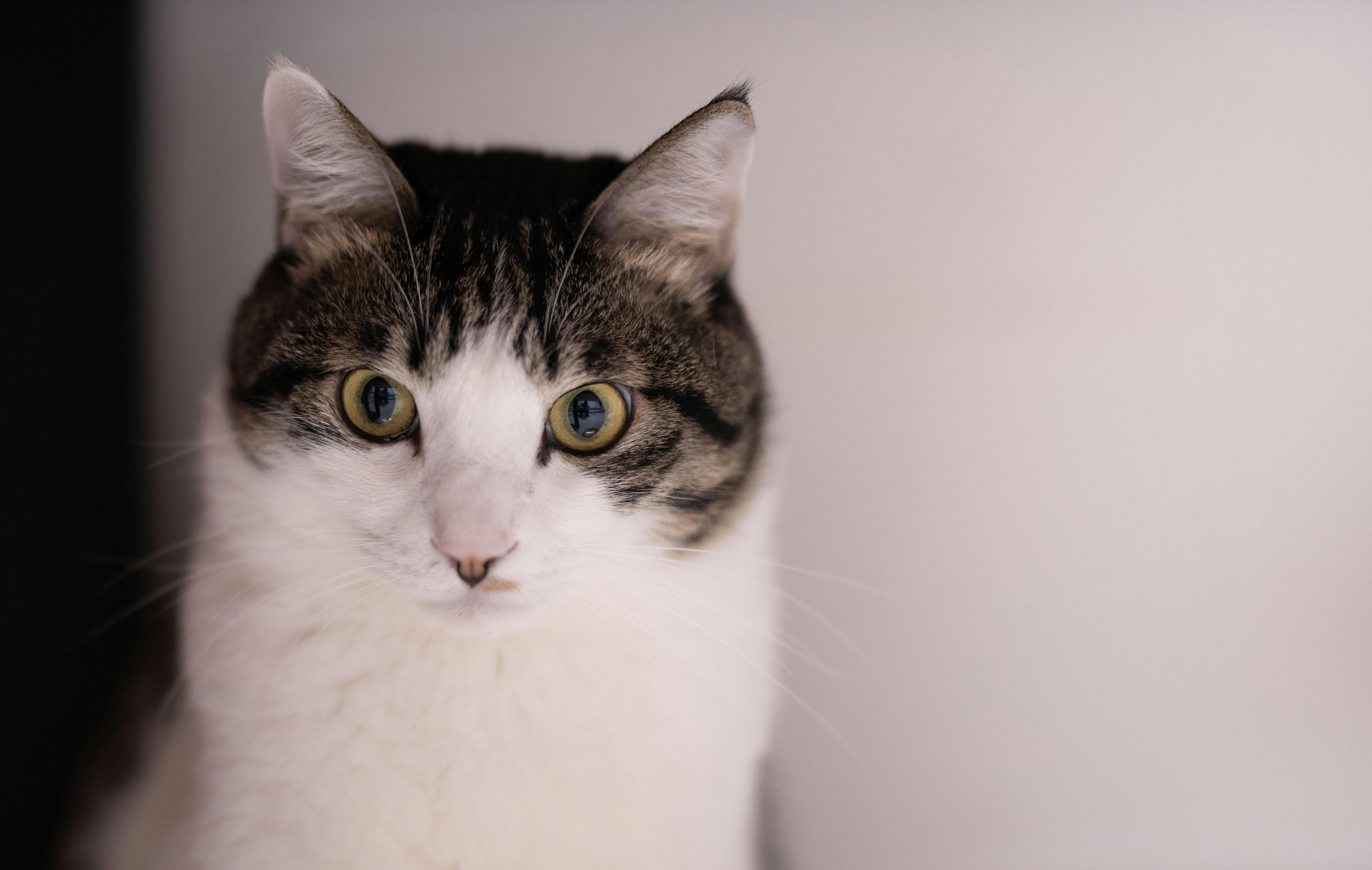
The kidnapping of wildlife
On the day I was visiting, a baby rabbit was brought to the Carolina Wildlife Center, and that’s when I discovered everything I needed to know about one of her growing problems. This baby rabbit was kidnapped by a small child, thinking that he was left alone without food, mother and home. Nothing else happened to the rabbit, he was not injured, sick, nothing; And now this rehabilitation center has to raise it themselves until it is fit to return to the wild and have a chance to survive. How do you think the mother of this baby rabbit felt when she returned to that place and her son was nowhere?
As spring approaches, the animals will give birth to their children and we will begin to see a large number of babies in the wild. Many times the baby can be left alone and when we see this, we automatically assume that the child is in danger, when that is not really the case. So, to prevent this problem from growing, I recommend everyone to fill up on information on the subject.
To make sure that a baby animal is truly endangered and possibly an orphan, sit there and watch it for a while, because most of the time you will see the mother return at some point. When it comes to baby rabbits, which is one of the most common animals that organizations see snatched away, try placing a few sticks in the nest to see if it gets upset later, and if it has, then the mother came back at some point to feed. his young. Another species that you will see many times alone are the birds, and the most common is to see one that has fallen from its nest. If the bird is not injured, you can safely return it to its nest and move on. Lastly, baby deer, also known as fawns, are also abandoned by their mothers to ironically protect baby deer. A fawn has no scent, which is how its predators look for it, so if they are left alone, they will not be at risk of any danger.
However, if you find an orphan animal, don’t try to raise the baby on your own, as that puts you at higher risk. Wildlife can also harm it, as it carries parasites and infectious diseases. When you see an animal in distress, be sure to call your local rehabilitation center as well.
Before an animal reaches a rehabilitator, there are a few things you can do in the meantime to benefit the youngster. For safety reasons, try wearing gloves or putting a towel around your hands as they will scratch and bite. Also, to avoid stressing the animal, you should keep the environment quiet and dark. Regardless of what you decide to transport the orphan, make sure it is ventilated, because like us, we need access to oxygen to stay alive.
Just as we do not want to lose our children and have someone take them away, we should not do the same with the other living species with whom we share this world. Most of the time, the person who brings an animal does not intend to take it away from his family, he simply believes that the baby was in danger and completely alone. Many people are misinformed about the way wildlife works and need to understand that not all parenting styles and the way they live their lives as animals are the same as what we do as humans.